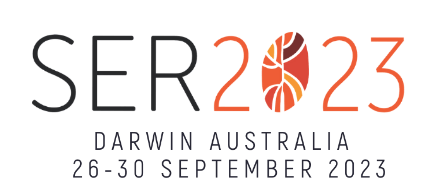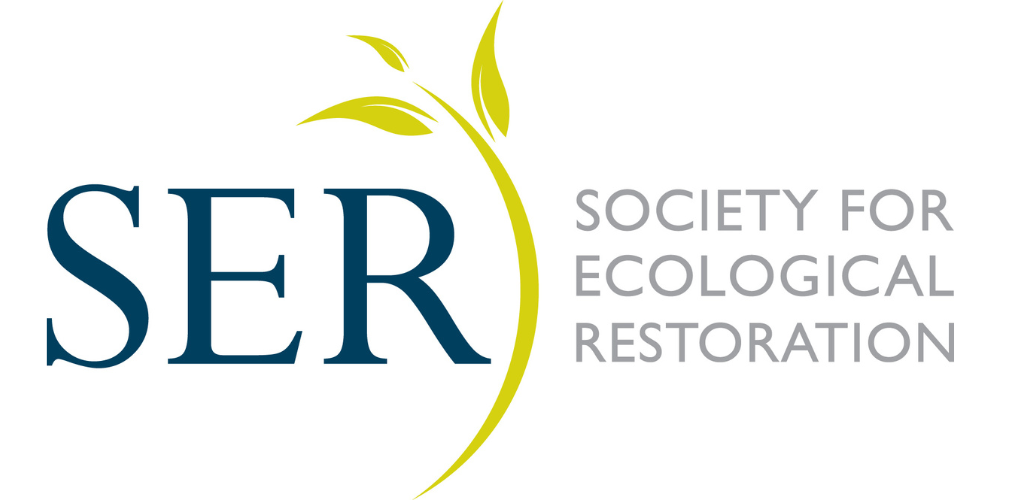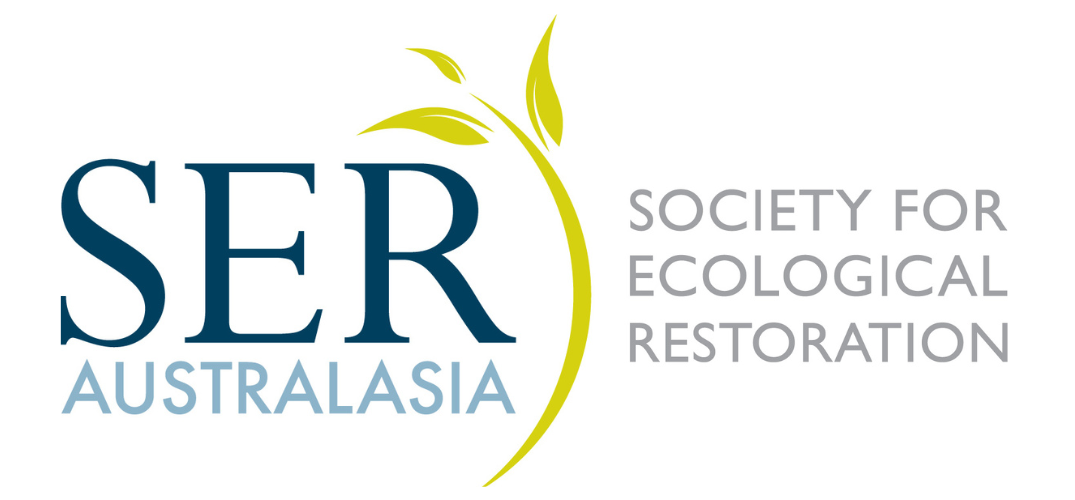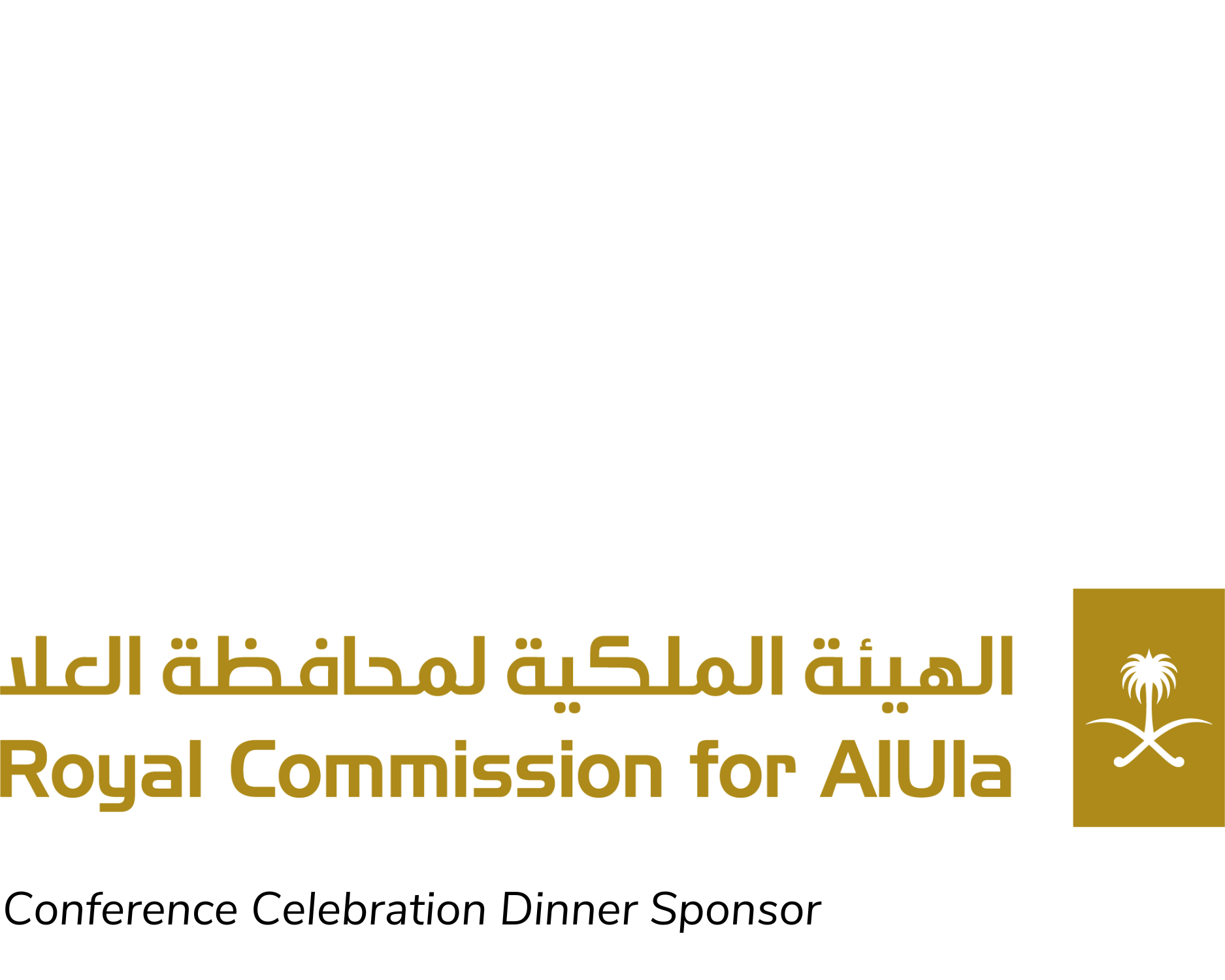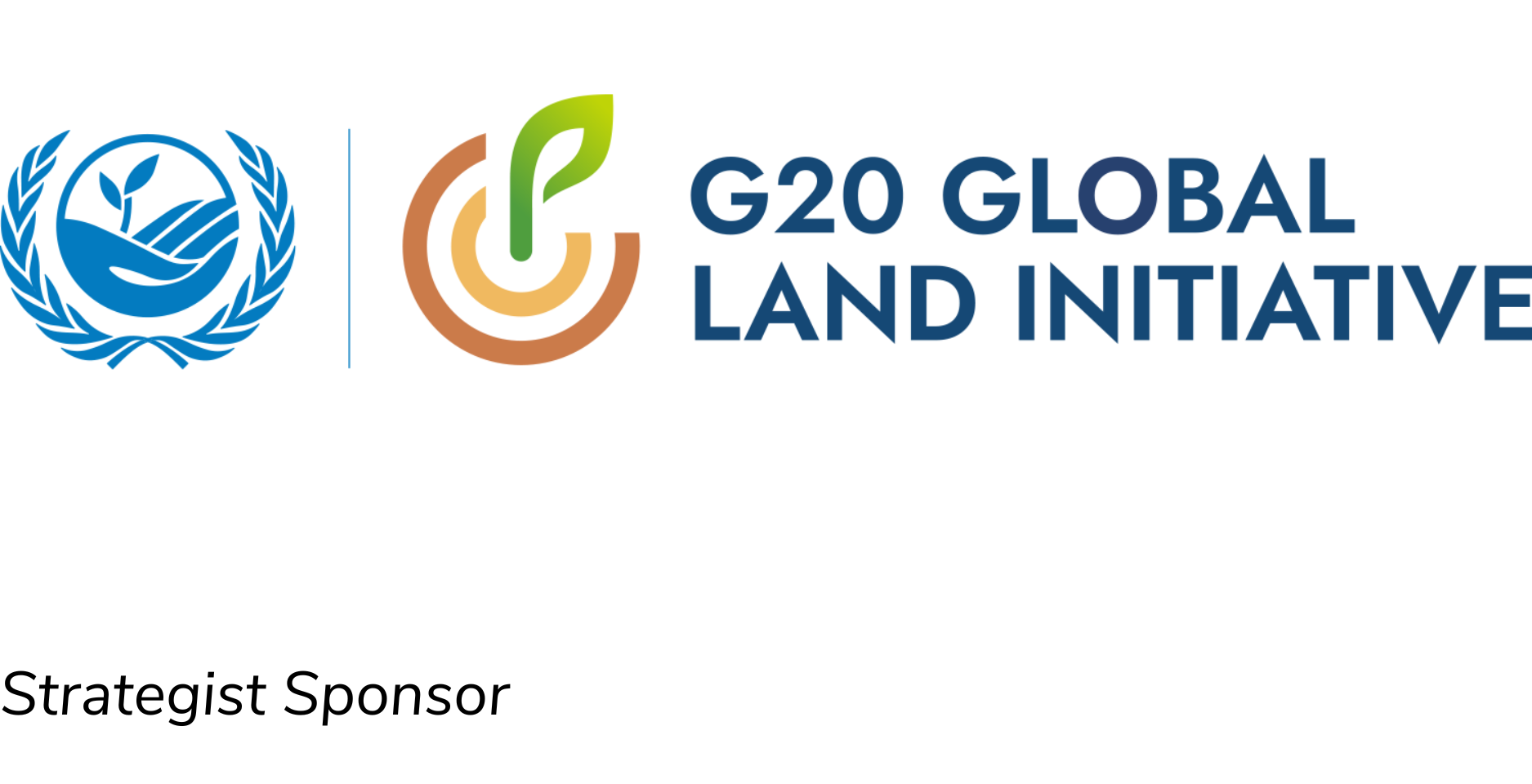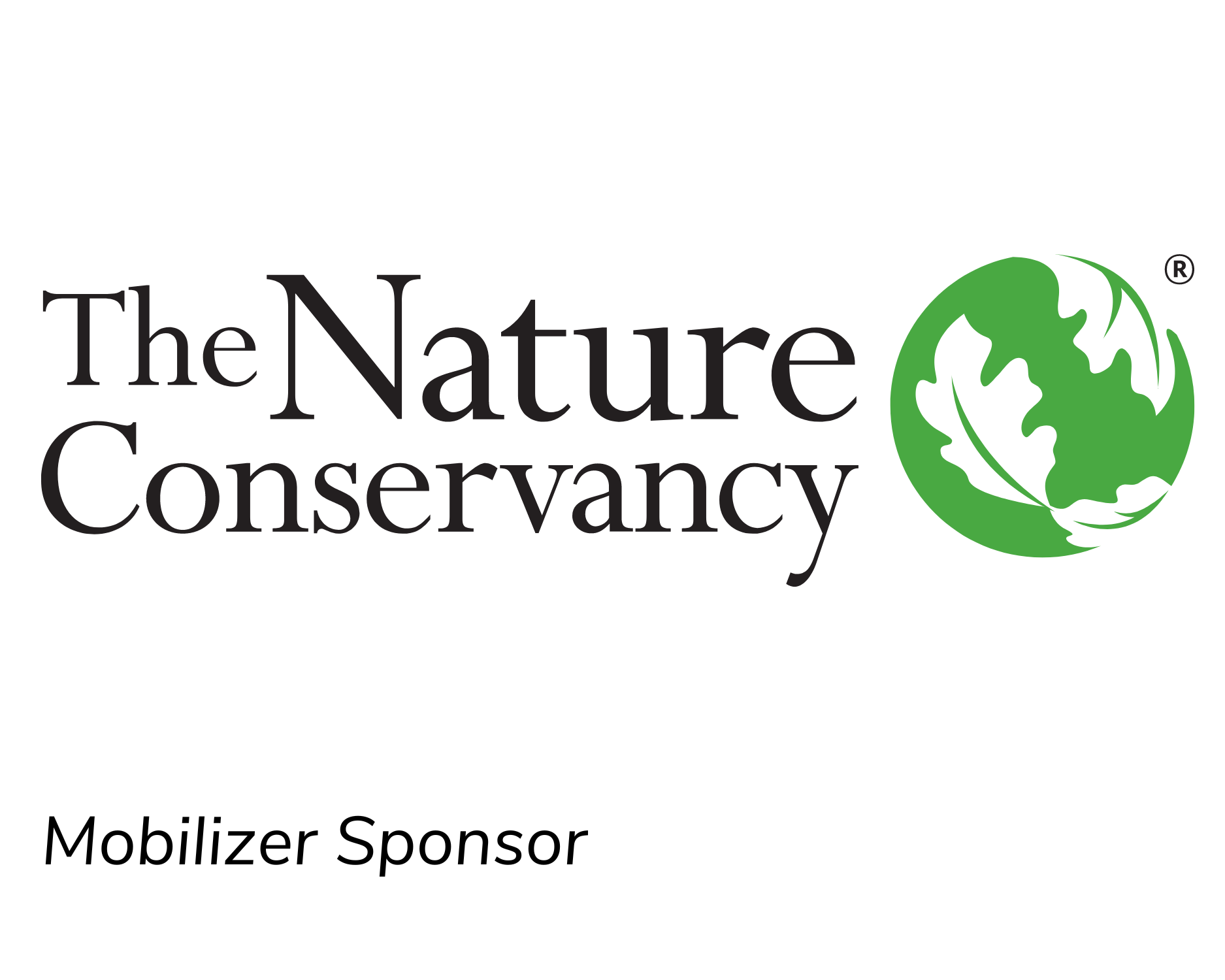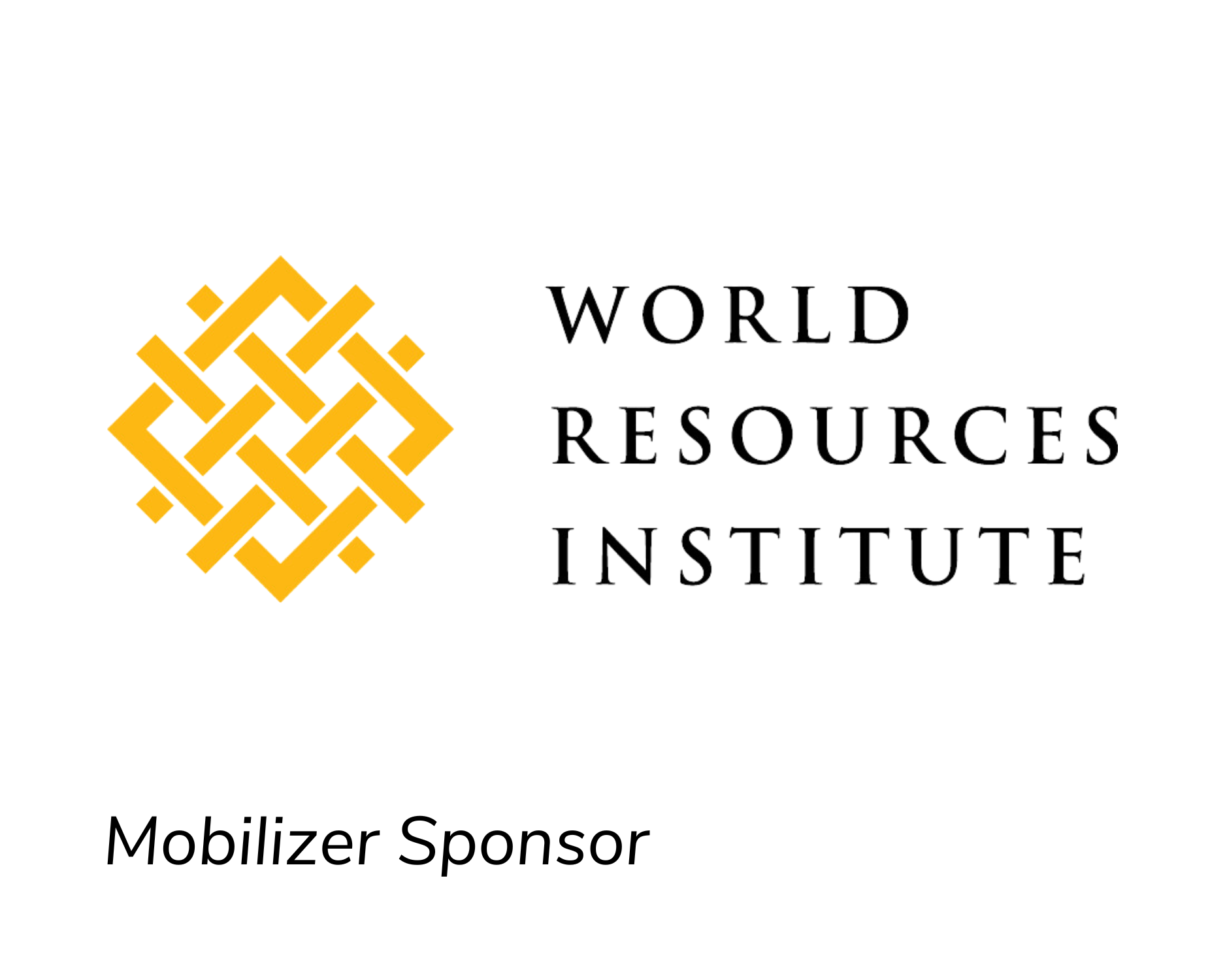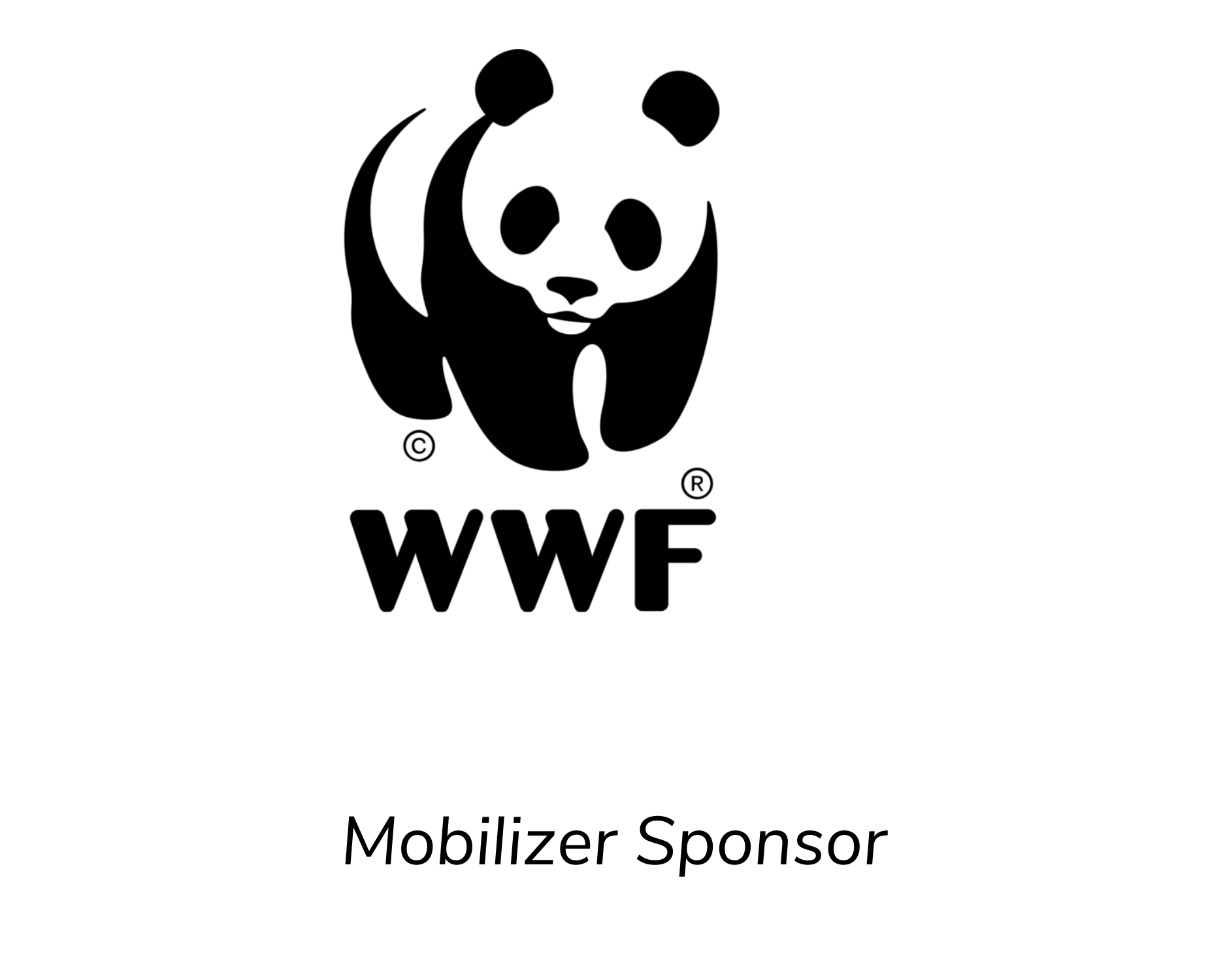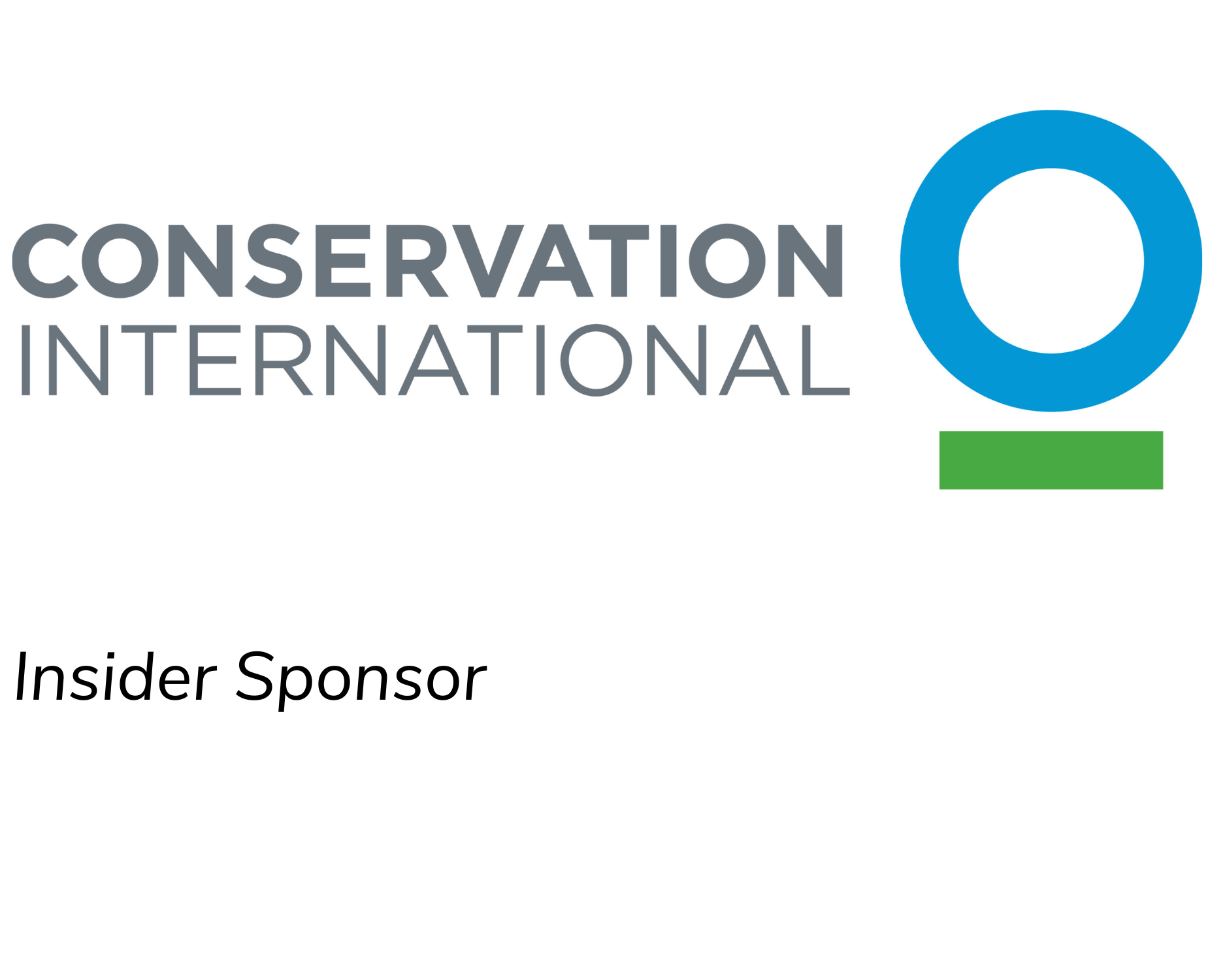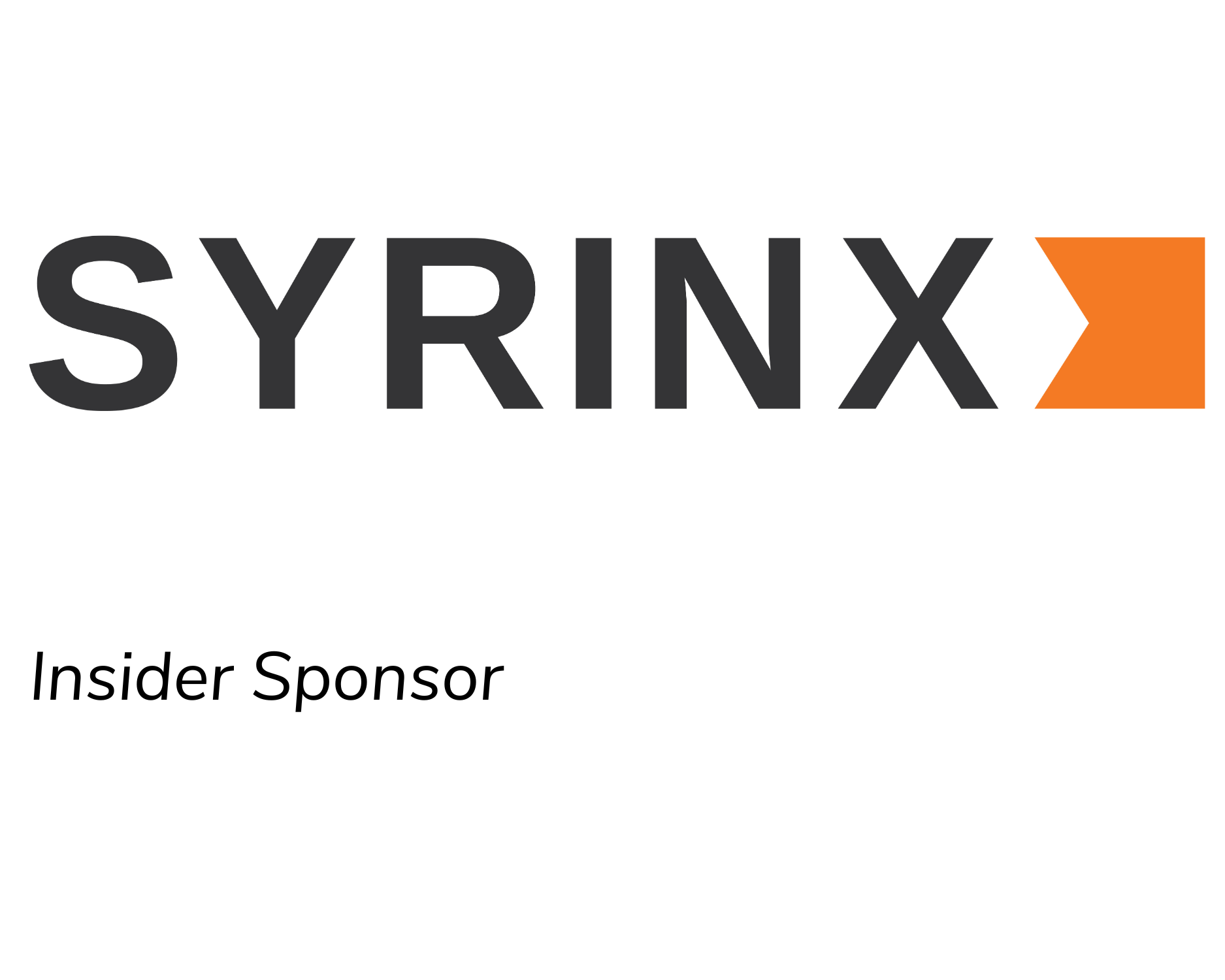Brief summary
Minyumai IPA is a 2162 ha protected area adjoining Bundjalung National Park in north eastern NSW. Although largely intact, Minyumai includes a 150 ha area that was cleared and drained for agriculture in the early 1970s. This area formerly supported swamp forest and dispersed, shallow inundation. Since excavation, the central agricultural drain has eroded considerably, from ~2 m wide by 1 m deep to (in places) 16 m wide by 3 m deep. This drain and associated tributary drains rapidly and effectively remove surface water from the former clearance footprint. Consequently, recovery of the swamp forest within the area is compromised. Although overstory swamp forest tree species (Melaleuca quinquenervia and Casuarina glauca) have re-established over approximately 70% of the area, the understory remains weed (pasture grass) dominated and lacks the shallow pools, vegetation structure and floristic diversity of comparable undisturbed areas. Additionally, erosion is ongoing, further exacerbating the problem and depositing sediment and weed propagules into Bundjalung National Park downstream.

Map of the project area showing the location of the proposed structure (red X).
The objective of the project is to halt and reverse the erosion and restore the natural hydrology of the recovering swamp forest through a series of earthen blocks and related earthworks. The works would lift flows back to natural surface, rehydrate the former clearance footprint and thereby promote swamp forest recovery. Shallow floodplain pools would be recreated, drought resilience improved, weeds disadvantaged and native understory species favoured by the restored hydrology. The objective of the traditional owners is to conserve and restore the ecological values of the reserve. The hydrological restoration project is an important step towards that objective. Dispersal of native flora and fauna into restored areas as their condition improves is highly likely given the proximity of surrounding intact vegetation.

The eroding drain in the vicinity of the proposed structure.
Key partner organisations
- Nature Glenelg Trust (NGT) – project proponent
- Minyumai Land Holding Aboriginal Corporation (MLHAC) – landholder
- The Mulloon Institute – technical support
- Give Soil a Chance – technical support
- NSW Environmental Trust – funding body
Engagement with local communities and/or other stakeholders
The project is being undertaken on Aboriginal land owned freehold by the MLHAC. Minyumai is the traditional country of the Bandjalang clan. By declaring the property an IPA, the traditional owners have expressed their dedication to the conservation and restoration of its natural habitats in a way that is consistent with Bandjalang culture and that can help offer training and employment for the clan. The Minyumai IPA Plan of Management identifies hydrological restoration as a priority. NGT was approached by the traditional owners to provide assistance. Through the NSW Environmental Trust, a grant was secured in December 2021 to investigate, plan and implement hydrological restoration of key areas of the property. Since then, NGT has worked closely with MLHAC to implement the objectives of the grant.

Recovering swamp forest near the proposed structure. Note the weed (pasture grass) dominated understory.
Supporting ecosystem recovery processes
The primary objective of the project is to reverse erosion and restore the natural hydrology of the c.150 ha former clearance footprint and thereby promote the recovery of the original swamp forest. Although some overstorey reestablishment has occurred, the understorey remains dominated by the introduced pasture grasses broad-leaved paspalum (Paspalum mandiocanum) and setaria (Setaria sphacelata). Hydrological restoration will restore natural patterns of dispersed, shallow flow to the recovering swamp forest, which is anticipated to favour native understorey species over the introduced grasses. Over the long term, with some additional management intervention (e.g. fire), the understorey is anticipated to shift from weed dominated to a more native dominated and structurally diverse condition. This shift is unlikely to occur while the hydrology remains strongly influenced by the network of deeply eroded agricultural drains.

Intact swamp forest understory, reference location.
Aiming for the highest level of recovery possible
As an IPA, Minyumai is part of Australia’s conservation reserve estate. It is the objective of the traditional owners to restore the property as closely as possible to its condition prior to colonisation. This is seen as both a cultural and ecological project and an opportunity for employment and training for the Bandjalang.

A floodplain pond within swamp forest. The project will restore these habitats.
Priorities for allocating funding received
While the existing project at Minyumai is funded through the NSW Environmental Trust, the scope of past hydrological damage, and therefore the scale of on-ground works required, was not fully recognised at the outset. Therefore, funding and works additional to those achievable under the current grant are required. Through investigations and engagement since December 2021 we have determined the current priority to be the construction of a single earthen blocking bank within the main agricultural drain. This bank is to serve as a proof of concept. Its location and design have been carefully considered to minimise the risk of further erosion and maximise its hydrological restoration effectiveness. However, to hydrologically restore the full c.150 ha former clearance footprint surrounding this drain, 4-6 such structures are required. The cost to design and construct each structure is $10-$20K, depending upon location. We would use the SER funding to design and construct as many additional structures as possible. Each structure would increase the total area of hydrologically restored floodplain swamp forest, thereby complementing and value adding to the work achievable under the existing grant.

Minyumai Land Holding Aboriginal Corporation Rangers
